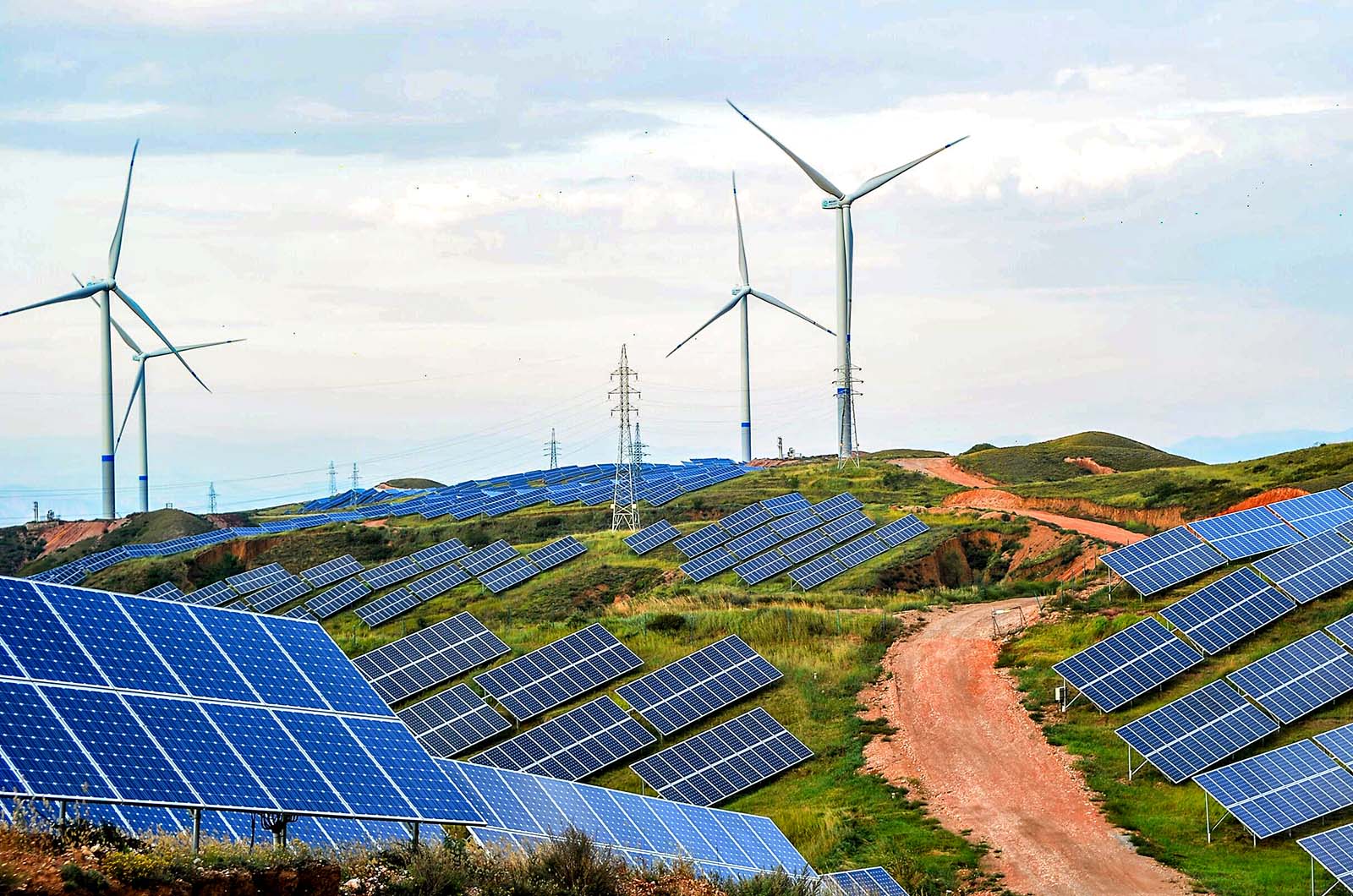In 2015, all United Nations (UN) member states adopted the Agenda for Sustainable Development, which comprises 17 goals that address the social, political, and economic aspects of sustainability to be achieved by 2030.
On Feb. 9, a panel discussion titled “Can We Ever Achieve 100% Green Energy?” was held as part of the McGill Sustainable Development Goals week to raise awareness about the UN’s sustainability goals. A recording of the event can be viewed online.
The panel featured McGill associate professors David Wachsmuth from the School of Urban Planning, Ismael Vaccaro from the McGill School of Environment and Department of Anthropology, Chris Barrington-Leigh from the Institute for Health and Social Policy and the Bieler School of Environment, and Jeffrey Berthorson in the Department of Mechanical Engineering.
In their discussions, the panellists spoke about the ambitious vision of a global transition to 100 per cent green energy, including challenges and strategies to achieve it. Indeed, the speakers were confident in the feasibility of sustainable energy use.
“From a technological perspective, I think it’s clear that we have most of the technologies needed,” Bergthorson said.
Barrington-Leigh mentioned that in one year, humans use approximately the same amount of power as what hits the Earth in solar energy. He argued that the green transition is not a physical impossibility but rather a matter of choosing a trajectory and coordinating efforts within a short enough time scale.
Speaking to the challenges associated with implementing sustainable approaches, Wachsmuth remarked that some systems which appear sustainable at a local level become more questionable when examined through a holistic lens. For example, cities that invest in green initiatives such as urban transit and cycling infrastructure tend to attract wealthier demographics, which impacts affordability and leads to gentrification.
“Cities [such as Vancouver] that are understood to be leaders in green transition [are] de-materializing their local economies,” Wachsmuth said. “They redistribute a lot of their environmental impact to, say, China, which is producing the stuff that we consume in supposedly green cities.”
Vaccaro raised similar concerns and stressed the importance of learning from history to avoid repeating the trend of displacing the costs of innovation onto disadvantaged regions. For instance, waste and recycling are largely handled by private industry in Canada and much of it ends up being shipped to Southeast Asian countries.
“If you look at history, every single energy revolution [such as] Hydropower, coal […], nuclear energy, [was] designed to respond to the needs of the cities,” Vaccaro said. “The cities become the centres […] and all the rural areas around them feed them. And many of the problems, including landfills, are things that the city exports.”
The speakers emphasized the complexities of coordinating global efforts as well as persuading influential institutions to invest in sustainable long-term solutions over shortsighted conveniences.
Barrington-Leigh argued that ambitious economic investments in green energy by governments are nonetheless justified, citing the pandemic as an example that has incurred large costs but will pay dividends in the future.
“When the costs are so large to not doing anything, […] once we have these big-picture, well-coordinated plans, we’re allowed to spend a lot on [them],” Barrington-Leigh said.
Bergthorson suggested that corporations are often the slowest to make green changes and will not shift towards sustainable practices without incentivizing drivers.
Wachsmuth further argued that environmental concerns are often interrelated with social issues. Social justice movements, such as activism for affordable housing or improved transit development, are also directing political energy towards sustainability.
Barrington-Leigh stated that helping individuals come on board with sustainable changes must go beyond apocalyptic narratives or reciting statistics. Instead, people should be encouraged with positive reassurances of a better world within new sustainability parameters.
“We [must] really give ourselves the liberty to think freshly about how life could be and what we want,” Barrington-Leigh said. “ It’s only fair to the large segment of the population which is more interested in the end of the week than the end of the world.”








